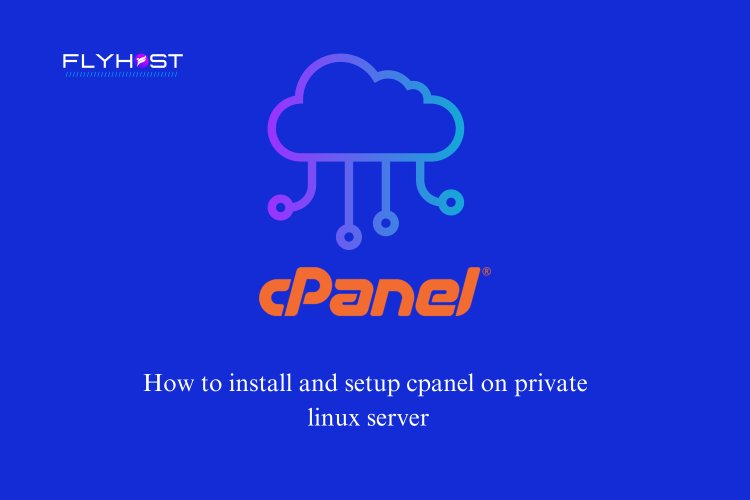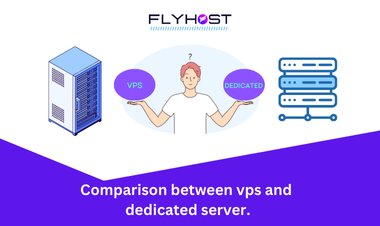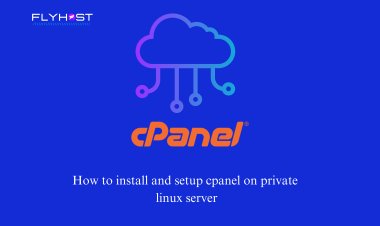Guide to Installing cPanel on VPS
Learn how to install cPanel on your VPS server for easy website management. This step-by-step guide covers all essential steps

Introduction
cPanel is a popular control panel that simplifies the management of web hosting tasks, making it easier for users to manage their websites, databases, email accounts, and more. If you've just set up a Virtual Private Server (VPS) and want to install cPanel, this guide will walk you through the process step-by-step.
Prerequisites
Before you begin, ensure you have the following:
- A VPS with root access: You'll need a VPS with a fresh installation of CentOS, CloudLinux, or AlmaLinux. cPanel recommends at least 2GB of RAM and a minimum of 20GB of disk space.
- A valid cPanel license: You can purchase a license from cPanel or use a trial version for 15 days.
- Basic knowledge of SSH: You'll be working with the command line, so familiarity with SSH is necessary.
Step 1: Update Your Server
Before installing cPanel, update your server's packages to the latest versions. Connect to your VPS via SSH and run the following commands:
sudo yum update -y
sudo yum upgrade -yStep 2: Set the Hostname
cPanel requires a fully qualified domain name (FQDN) as the server's hostname. Set the hostname using the following command:
hostnamectl set-hostname server.yourdomain.com
Replace server.yourdomain.com with your actual domain name, Make sure that domain or subdomain porint to actual VPS ip.
Step 3: Disable SELinux
SELinux can interfere with cPanel’s installation. Disable it temporarily by editing the SELinux configuration file:
sudo nano /etc/selinux/config
Find the line SELINUX=enforcing and change it to SELINUX=disabled. Save and close the file, then reboot your server:
Please note, the "SELINUX=disabled" line must not begin with a "#" or the changes will not take effect.
Step 4: Install Perl
This is an optioanal step
cPanel requires Perl to be installed on your server. If Perl isn't already installed, you can install it with the following command:
sudo yum install perl -y
Step 5: Download and Install cPanel
Now you're ready to download and install cPanel. First, navigate to the /home directory:
cd /home
Then, download and run the latest cPanel installation script:
curl -o latest -L https://securedownloads.cpanel.net/latest && sh latestThe installation process can take anywhere from 30 minutes to a few hours, depending on your server’s resources and network speed. During this time, cPanel will automatically install all the necessary components.
Step 6: Complete the cPanel Setup
After the installation is complete, you'll need to complete the setup through cPanel's WebHost Manager (WHM). Access WHM by navigating to the following URL in your web browser:
https://your-server-ip:2087
https://server.yourdomain.com:2087
Login with username : root and password : root password.
Once installed, cPanel provides a powerful and user-friendly interface to manage your web hosting needs.

 flyhost
flyhost 








